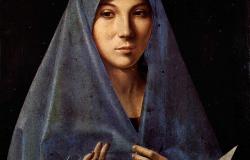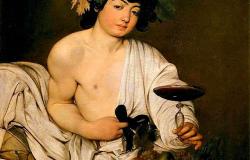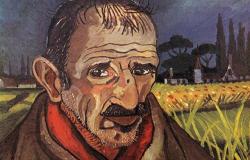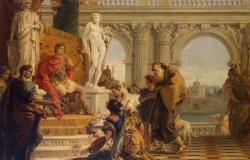Guess the Artwork
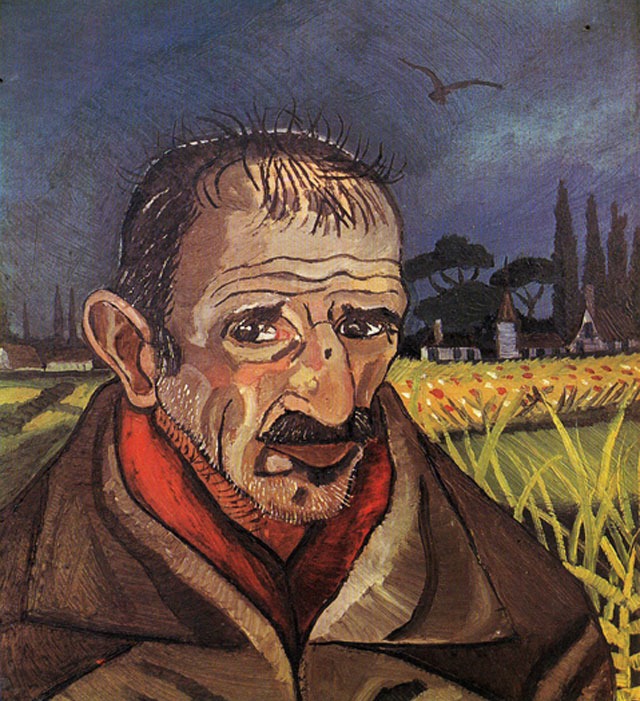
Autoritratto Triste - Sad Self-portrait by Antonio Ligabue, Galleri Fontanesi, Reggio Emilia.
Antonio Ligabue was born in Zurich, Switzerland on 18 December 1899, to an immigrant Italian worker Elisabetta Costa, native from Belluno, and supposedly to Bonfiglio Laccabue (the true identity of the father is still unknown), native from Reggio Emilia.
In 1913, following a difficult and tormented childhood and the death of his mother and three brothers as a result of food poisoning, Ligabue was consigned to a correctional institute in Marbach and later, in 1917 at the age of only eighteen, he was committed to the asylum of Pfäfers. After being expelled from Switzerland for his disorderly behaviour, in August 1919 Antonio Ligabue arrived in Gualtieri, home town of Bonfiglio Laccabue, the man his mother Elisabetta Costa had married in 1901, without speaking a word of Italian, hence gaining the nickname of "Al tedesch" (the German).
He was also known as "Al Matt" (the madman) for his difficult and tormented life marked by hostility and misunderstanding as well as periods at the San Lazzaro Psychiatric Institute in Reggio Emilia and the hospice of Gualtieri.
He certainly lived a life at the edge of society, relating more to his beloved animals than to people. His experiences most certainly influenced his creations, which included depictions of wild animal life. In spite of widespread ridicule and lack of recognition he was completely devoted to painting and sculpture right up to his death (27 May 1965).
Ligabue first solo exhibition took place in 1955 in the town of Gonzaga, but as often the case, notoriety, and with it acclaim, came only after his death.
An exhibition held in Gualtieri ten years after his death followed by other similar events have presented his work with growing interest from the public, with Ligabue's artwork selling for thousands of dollars at recent auctions.
He is considered one of the most important Naïve artists of the 20th century, but a monograph edited by Sandro Parmiggiani, published in 2005 underlined Ligabue’s standing in Italian and European art as going beyond the reductive “naïf” definition that for too long had been attached to the artist's work.
We can now celebrate Ligabue as simply one of the best Italian artists of the 20th century.
